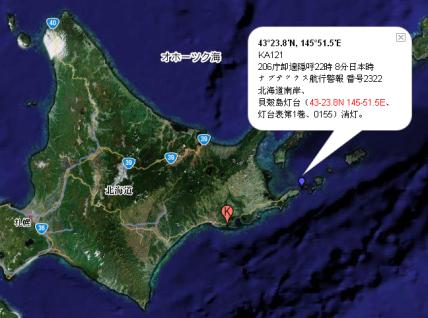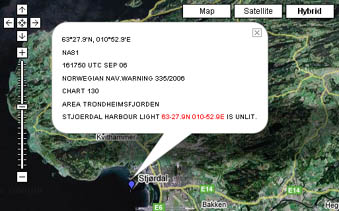What is NAVTEX decoder?
NAVTEX decoder is an imaginitively named NAVTEX software decoder for NAVTEX transmissions. All you need is a shortwave radio and a computer to begin decoding signals yourself. I currently have the program running continuously and uploading NAVTEX messages to an online database. The data is also available via WAP at wap.frisnit.com so you can view the messages from your boat on your mobile.
From version 2.1.0 you can set up your own local NAVTEX service. This version will automatically upload your messages for viewing online. Apply here for an account on the online database and set up your own NAVTEX receiving station today!
This project has evolved over the last few years and has been driven by an interest in radio, a career in software and a desire to read NAVTEX messages on a boat without having to shell out for another piece of hardware.









 . The email subject should be of the form 'STATION(S) MESSAGE(S) SOURCE'. For example the subject
. The email subject should be of the form 'STATION(S) MESSAGE(S) SOURCE'. For example the subject
